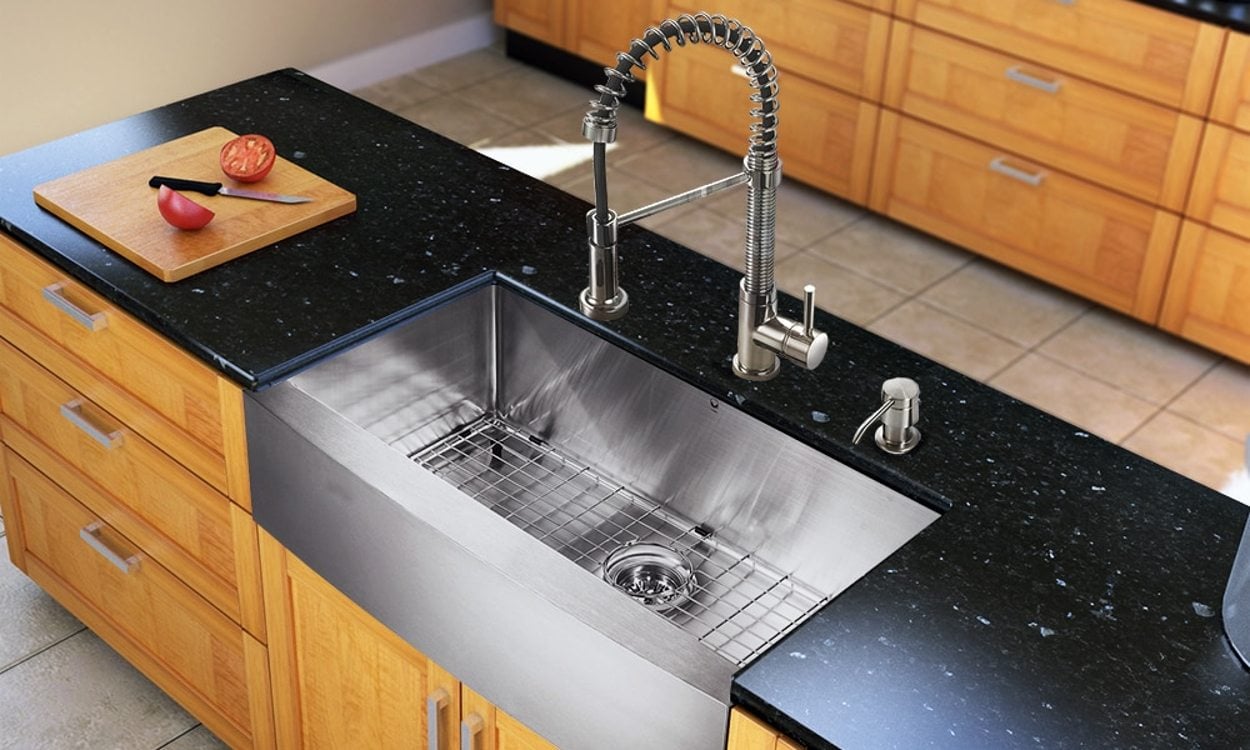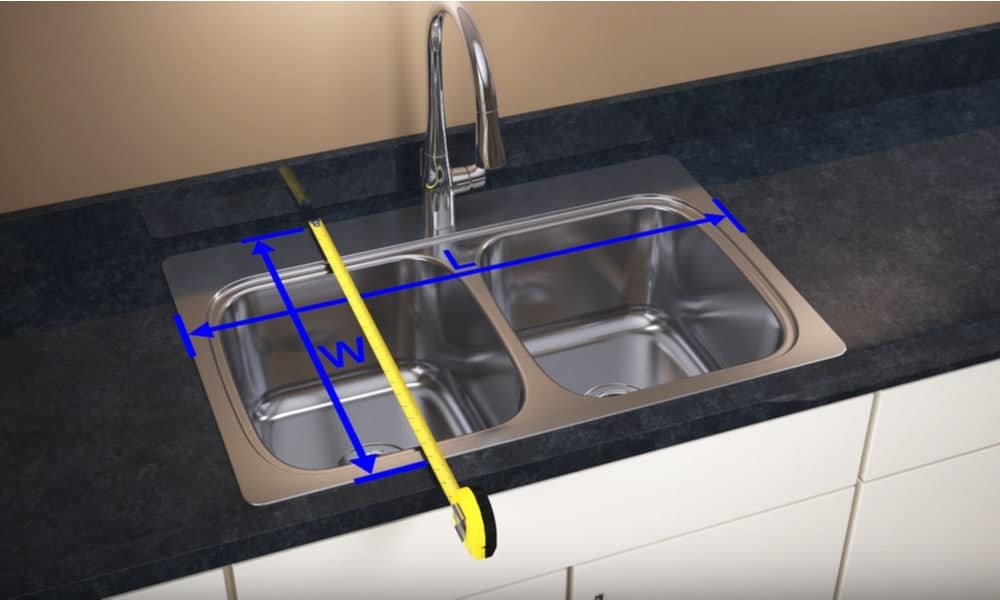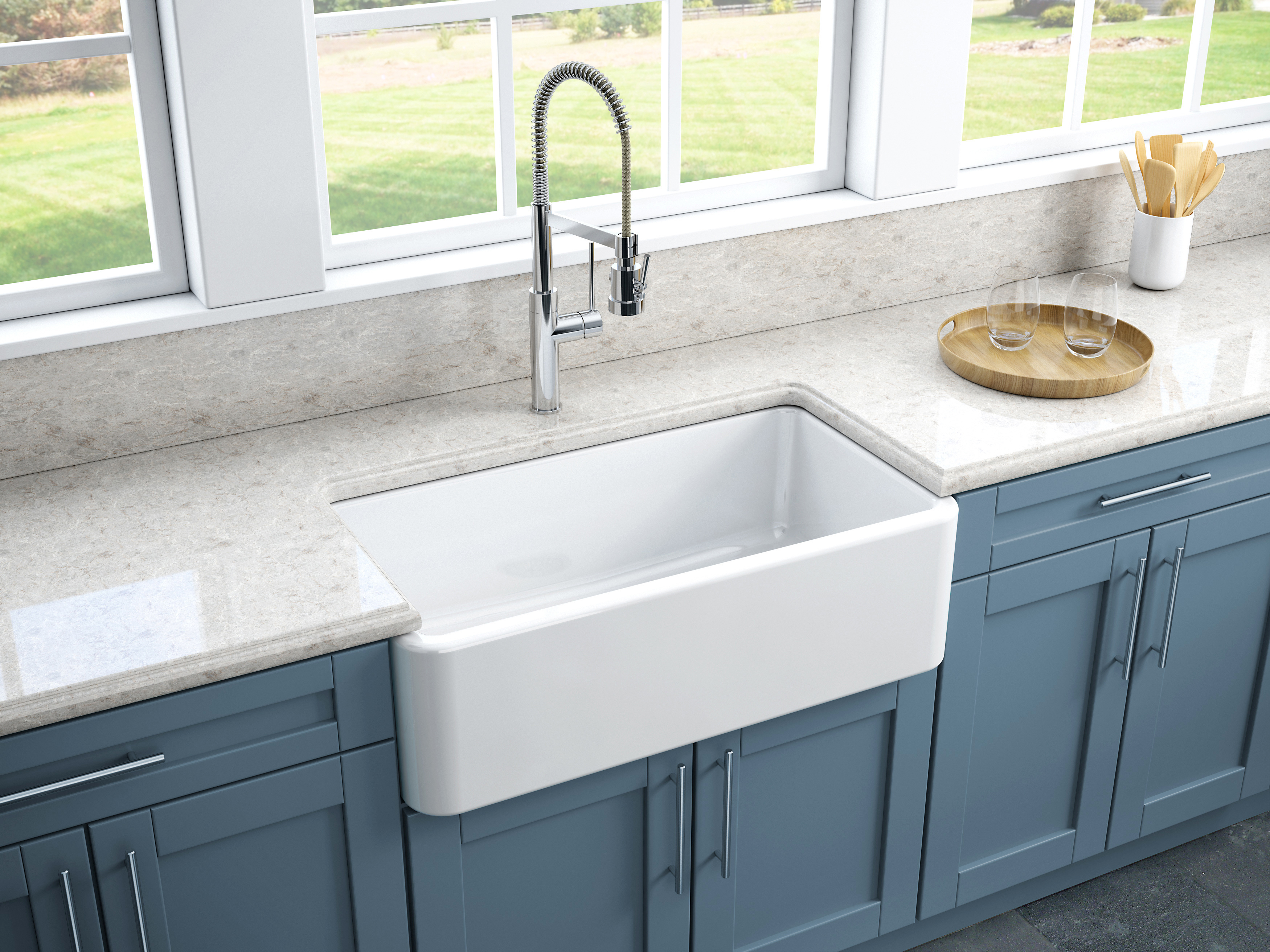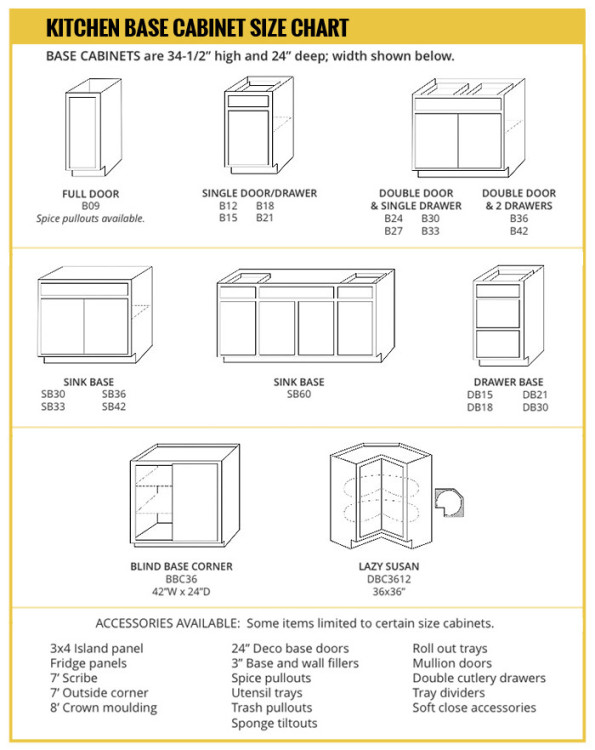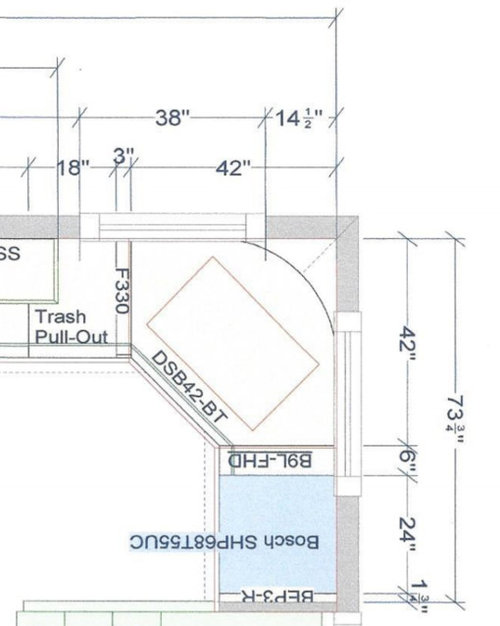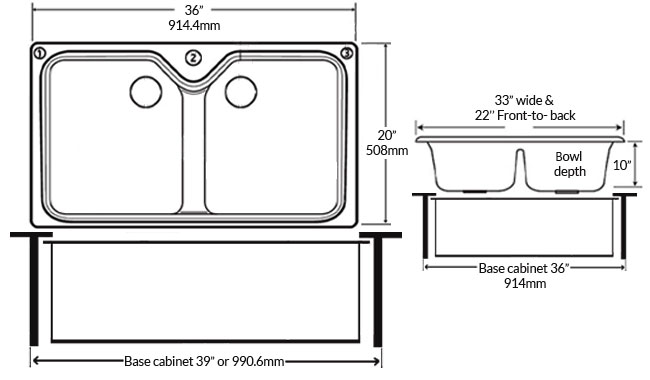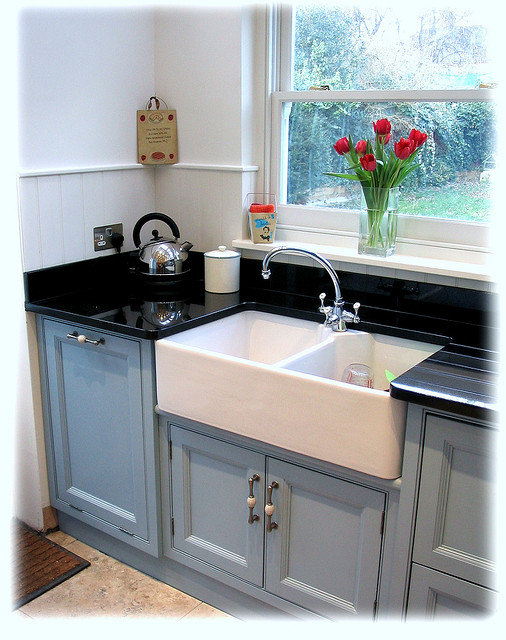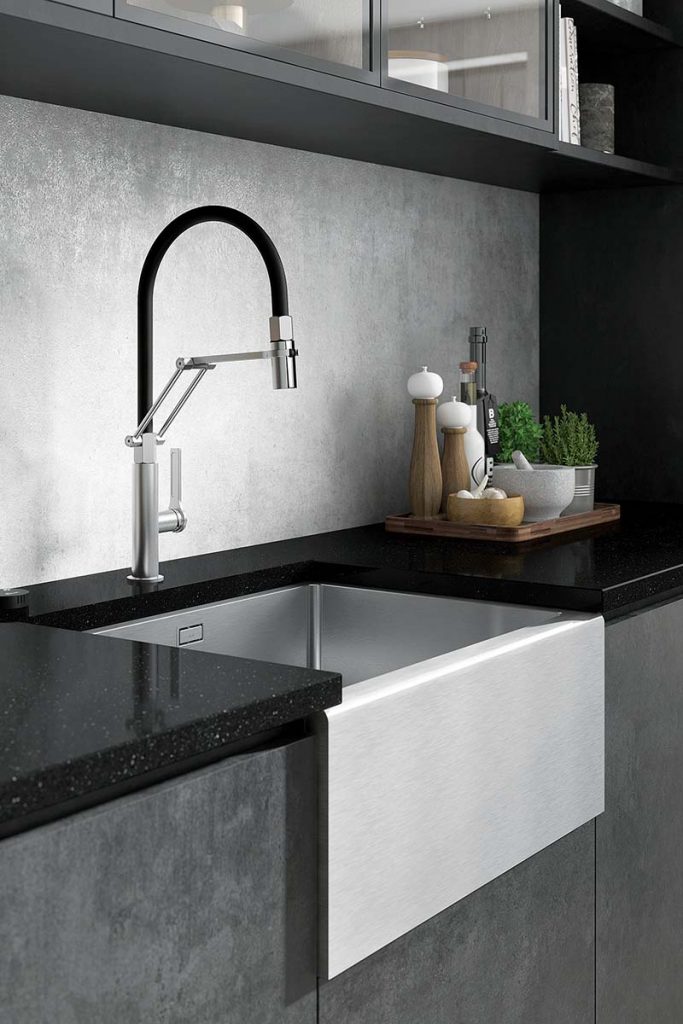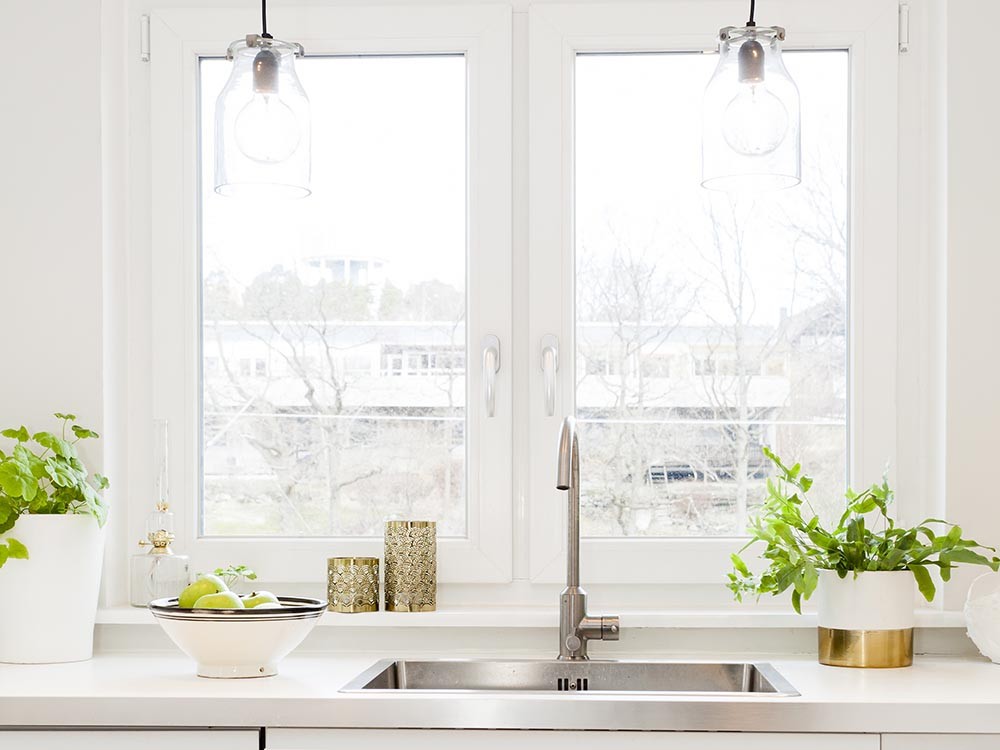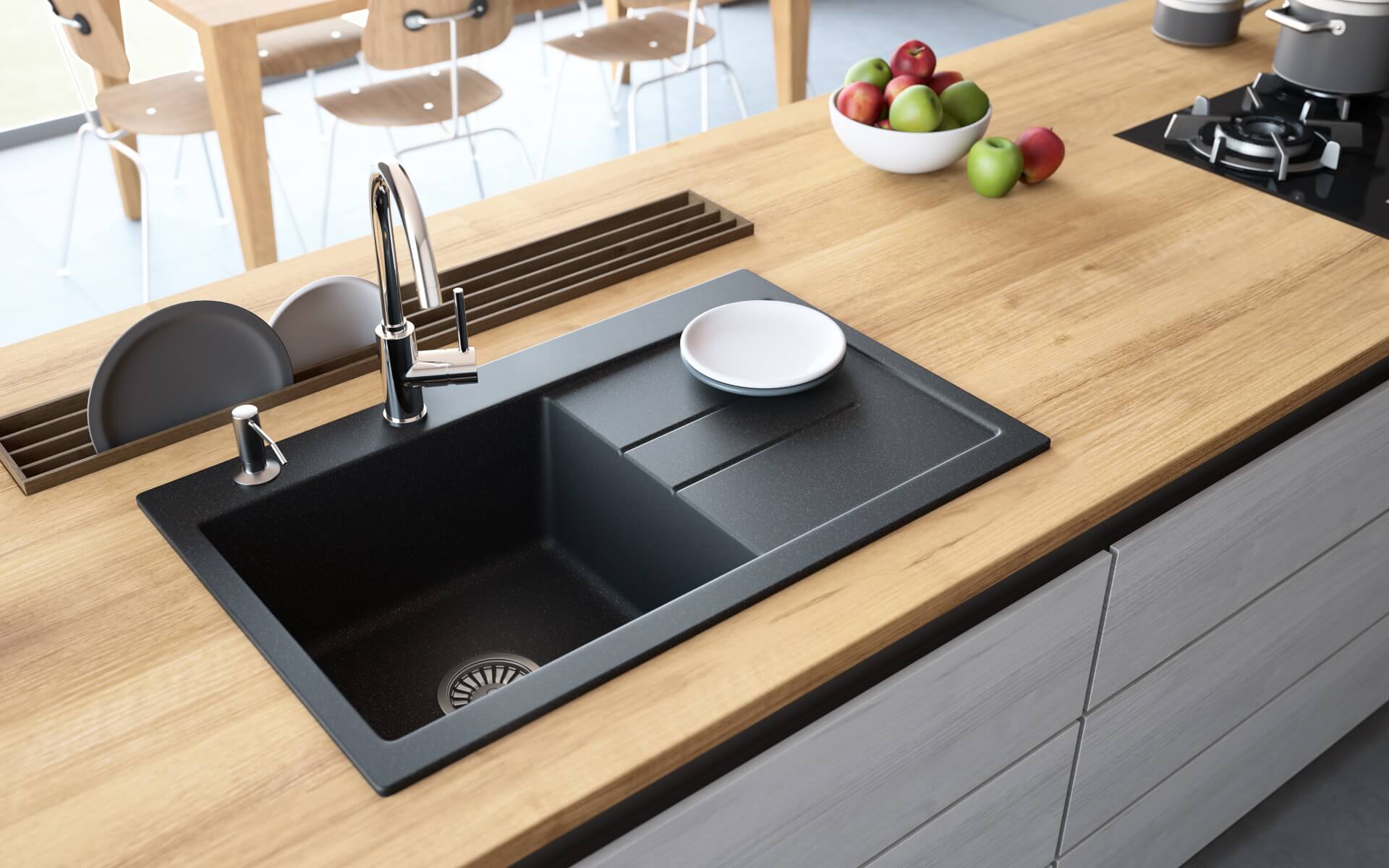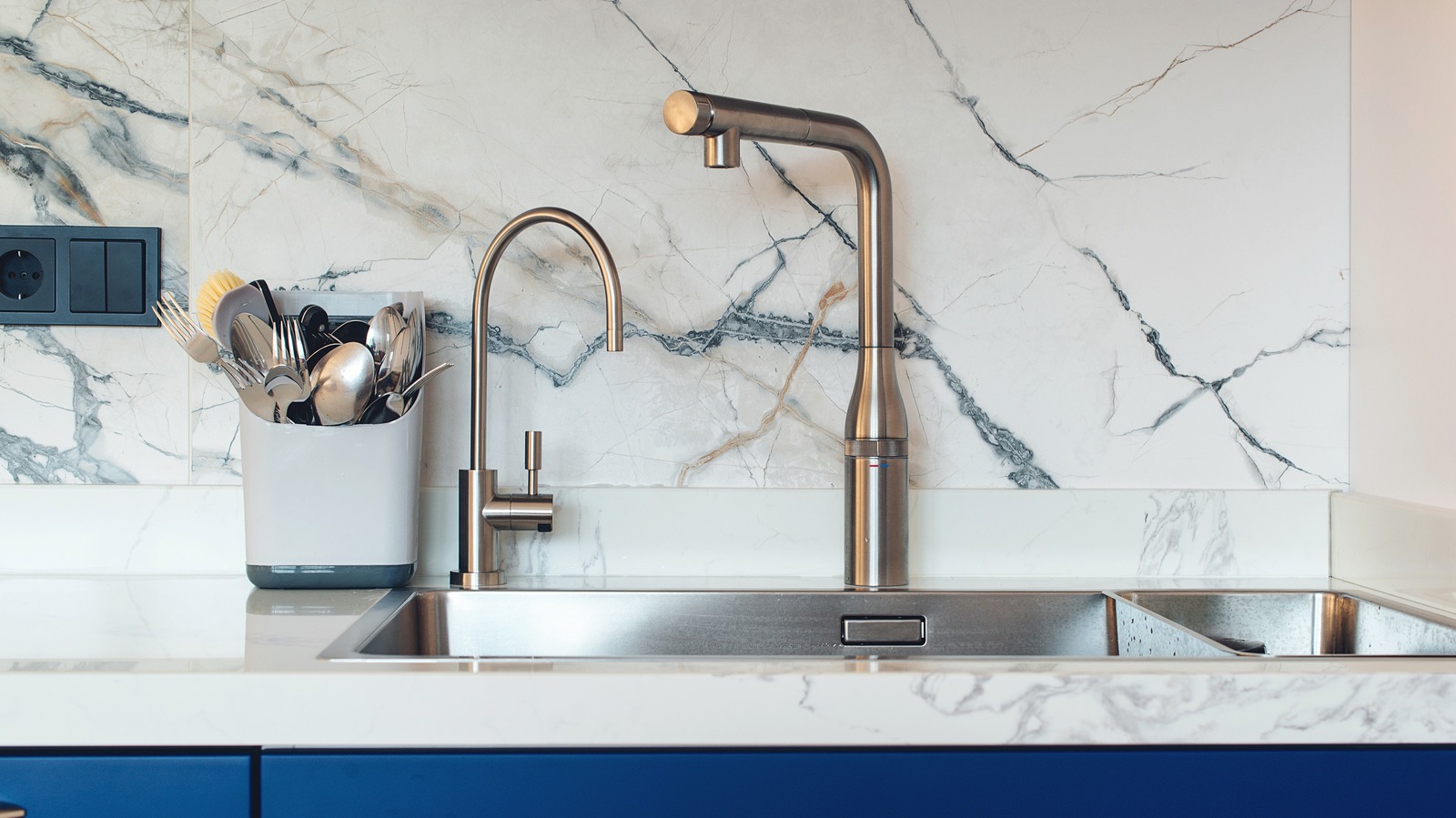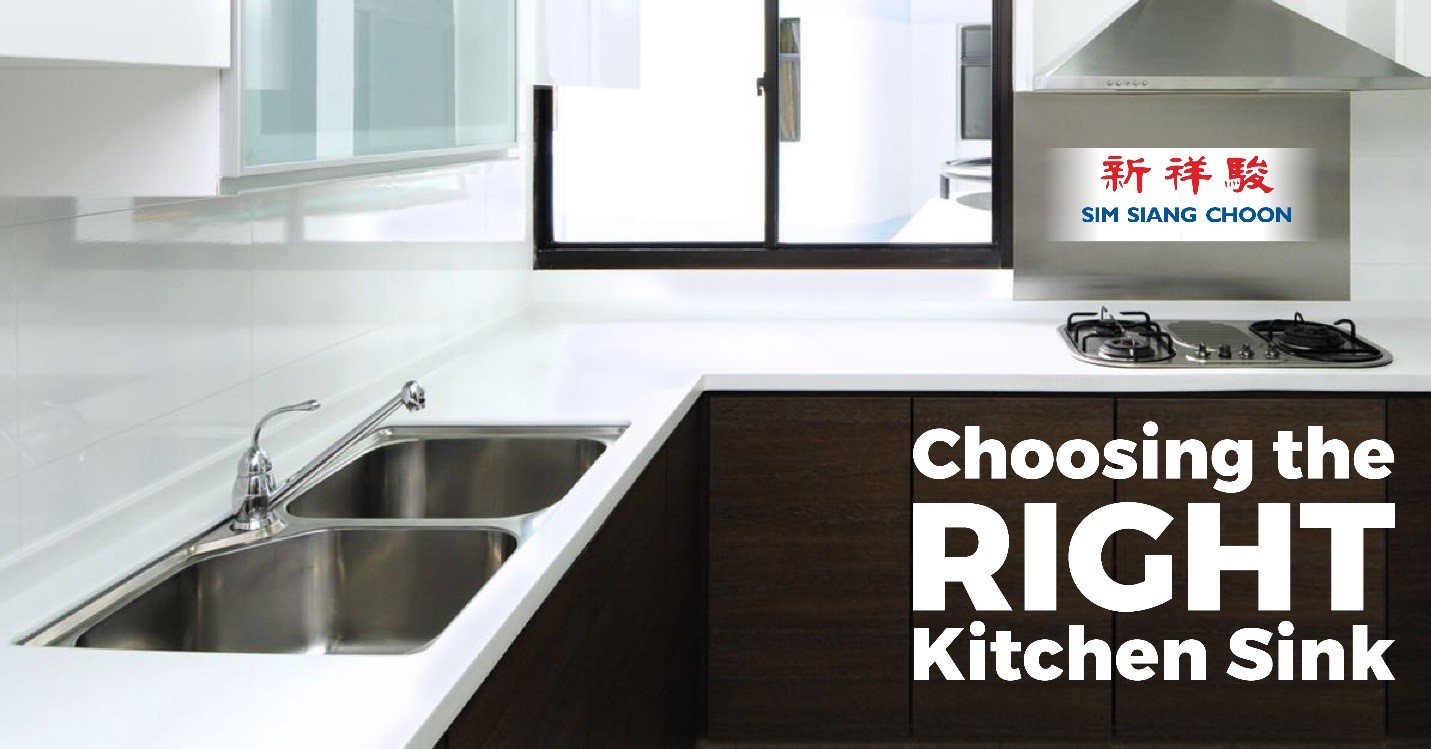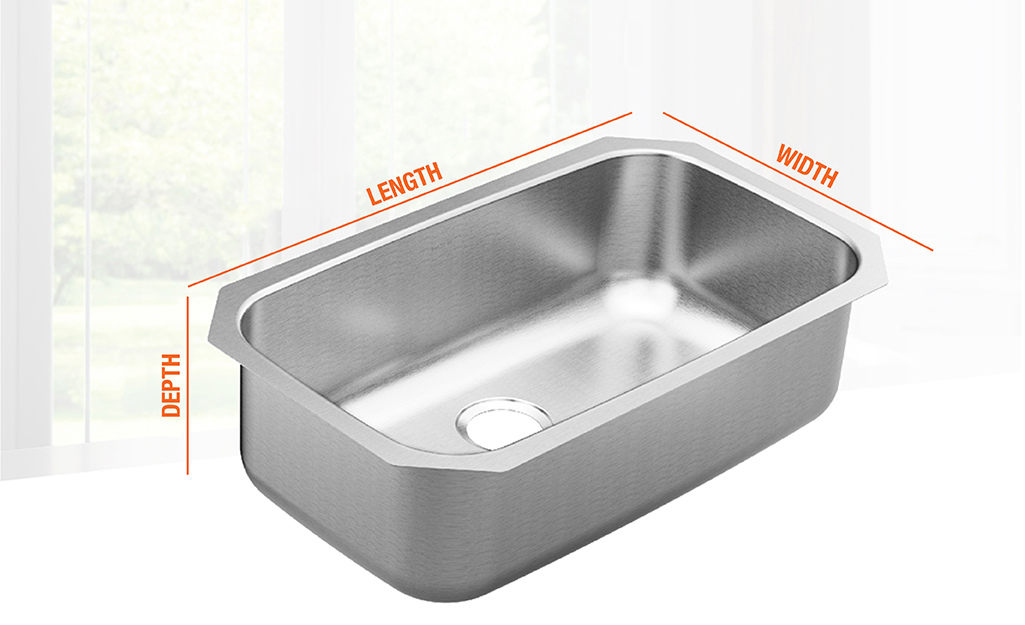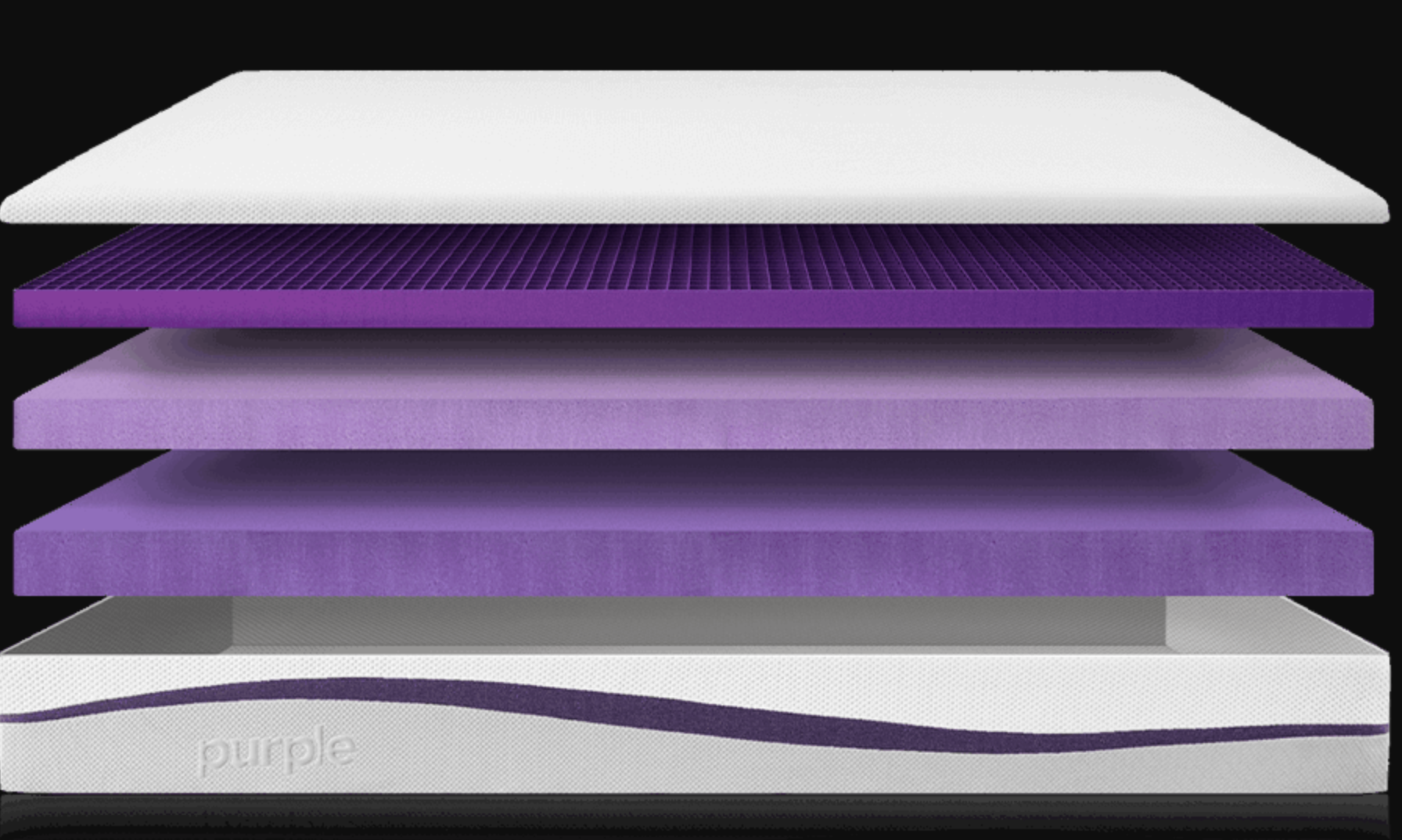Standard Kitchen Sink Sizes
The size of your kitchen sink can greatly impact the functionality and design of your kitchen. Standard kitchen sink sizes can vary depending on the type and style of sink, as well as the manufacturer. However, there are some common sizes that are considered standard in the industry.
Most standard kitchen sinks range from 22 inches to 33 inches in length and 12 inches to 22 inches in width. The depth can range from 6 inches to 12 inches, with deeper sinks being more popular in recent years.
If you are looking to replace your current kitchen sink, it is important to measure the space to ensure that the new sink will fit properly. Let's take a closer look at how to measure for a kitchen sink.
How to Measure for a Kitchen Sink
Measuring for a new kitchen sink may seem like a daunting task, but it is actually quite simple. The first step is to measure the space where your sink will be installed.
Measure the width and depth of the countertop where the sink will be placed. Make sure to also measure the distance between the countertop and any backsplash or wall behind it. This will ensure that your sink will fit properly and allow for enough space for any faucet or other fixtures.
Next, measure the existing sink if you are replacing it. This will give you an idea of the size of sink you currently have and whether you want to stick with the same size or go for a larger or smaller option.
It is also important to consider the type of sink you want, such as a top mount or undermount sink, as this can also affect the measurements. Be sure to consult with a professional if you are unsure about the size or type of sink that will work best for your kitchen.
Average Kitchen Sink Dimensions
As mentioned before, standard kitchen sink sizes can vary, but there are some average dimensions that can serve as a good reference point. The average width of a kitchen sink is around 22 inches, while the average depth is 8 inches.
However, these measurements can vary depending on the type of sink. For example, a farmhouse sink may have a larger width and depth to accommodate its unique style. It is important to also consider the size of your kitchen and the size of your family when choosing a sink size.
Standard Kitchen Counter Depth
In addition to the size of the sink, it is also important to consider the depth of your kitchen counter. The standard depth for kitchen counters is around 24 inches, but some counters can be deeper or shallower depending on the design.
When choosing a sink, you want to make sure that it aligns with the depth of your counter so that it sits flush and there is no gap between the sink and counter. This will not only look more aesthetically pleasing, but it will also make cleaning and maintenance easier.
How to Choose the Right Kitchen Sink Size
Now that you have a better understanding of standard kitchen sink sizes, you may be wondering how to choose the right size for your kitchen. There are a few things to consider when making this decision.
First, think about your daily needs and how you use your sink. Do you do a lot of cooking and need a larger sink for washing dishes and pots? Or do you have a smaller kitchen and need to save space with a smaller sink?
You should also consider the size of your family and how much use your sink will get. If you have a larger family, a bigger sink may be more practical. However, if you live alone or have a smaller household, a smaller sink may suffice.
It is also important to consider the overall design and layout of your kitchen. A larger sink may overpower a small kitchen, while a small sink may look out of place in a larger kitchen.
Standard Kitchen Sink Width
The width of a kitchen sink can vary depending on the type and style, but the standard width falls within the range of 22 inches to 33 inches. This size is considered to be a good balance between functionality and space-saving.
If you have a smaller kitchen, you may want to consider a narrower sink to save on counter space. However, if you have a larger kitchen and do a lot of cooking and cleaning, a wider sink may be more practical.
Measuring for a New Kitchen Sink
When measuring for a new kitchen sink, it is important to take into account the space needed for the sink itself as well as any additional fixtures such as a faucet or soap dispenser. This will ensure that your sink and all its components fit properly and function well.
You may also want to consider the depth of your sink. Deeper sinks can accommodate larger pots and dishes, while shallower sinks can be easier to reach into and require less water to fill.
If you are unsure about the measurements or which type of sink would work best for your kitchen, consult with a professional for guidance.
Standard Kitchen Sink Cabinet Size
The size of your kitchen sink cabinet will also impact the size of your sink. Most standard kitchen sink cabinets are 36 inches in width, but this can vary depending on the manufacturer and style.
When choosing a sink, make sure to check the recommended cabinet size to ensure that it will fit properly. You may also need to consider the depth of the cabinet to ensure that your sink and any additional fixtures will have enough room.
Choosing the Perfect Kitchen Sink
Ultimately, the size of your kitchen sink will depend on your individual needs and preferences. It is important to consider the size of your kitchen, your daily needs, and the overall design when making this decision.
Remember to measure carefully and consult with a professional if necessary to ensure that your new sink fits properly and functions well. With the right size and style, your kitchen sink can become a functional and beautiful centerpiece in your kitchen.
Standard Kitchen Sink Depth
The standard depth for a kitchen sink is around 8 inches, but as mentioned before, this can vary depending on the type and style of sink. Deeper sinks, ranging from 9 inches to 12 inches, have become more popular in recent years as they provide more space for washing dishes and other tasks.
When choosing a sink depth, consider your personal preferences and needs. Deeper sinks may be more practical for larger households or those who do a lot of cooking and cleaning, while shallower sinks may be more convenient for smaller households or those with limited counter space.
The Importance of Kitchen Sink Counter Width in House Design

Why Kitchen Sink Counter Width Matters
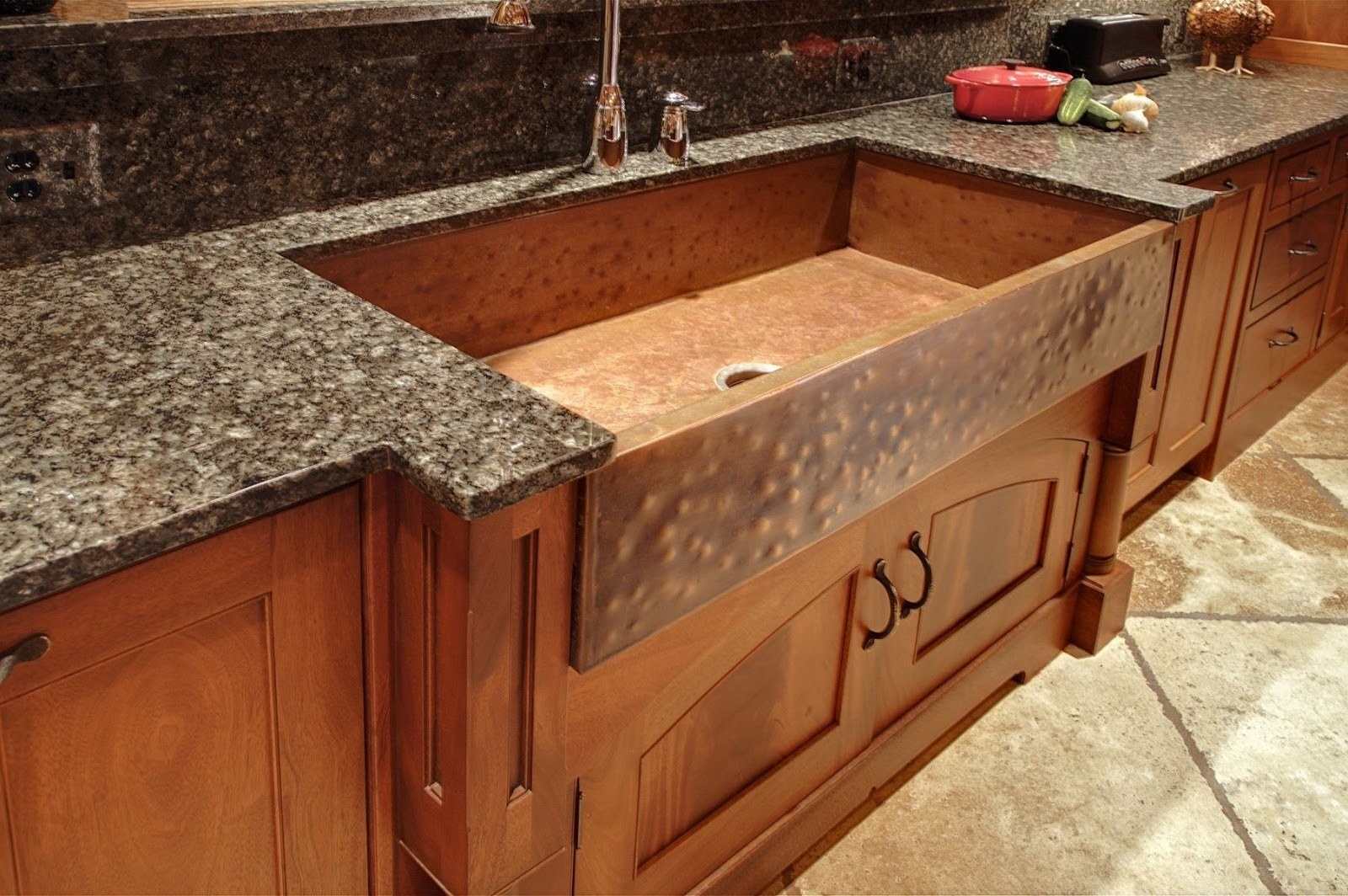 When designing a house, the kitchen is often considered the heart of the home. It's where meals are prepared, memories are made, and family and friends gather. As such, it's important to carefully plan and consider every aspect of the kitchen, including the
kitchen sink counter width
.
When designing a house, the kitchen is often considered the heart of the home. It's where meals are prepared, memories are made, and family and friends gather. As such, it's important to carefully plan and consider every aspect of the kitchen, including the
kitchen sink counter width
.
The Standard Kitchen Sink Counter Width
 The standard
kitchen sink counter width
is typically 24 inches (61 cm) deep and 36 inches (91 cm) high. This allows for enough space to comfortably accommodate a standard kitchen sink and provide ample workspace for food preparation and other kitchen tasks.
The standard
kitchen sink counter width
is typically 24 inches (61 cm) deep and 36 inches (91 cm) high. This allows for enough space to comfortably accommodate a standard kitchen sink and provide ample workspace for food preparation and other kitchen tasks.
The Role of Kitchen Sink Counter Width in House Design
 The
kitchen sink counter width
may seem like a small detail in the grand scheme of house design, but it can actually have a big impact. A properly sized kitchen sink counter can improve the functionality and efficiency of the kitchen, making it easier and more enjoyable to use.
The
kitchen sink counter width
may seem like a small detail in the grand scheme of house design, but it can actually have a big impact. A properly sized kitchen sink counter can improve the functionality and efficiency of the kitchen, making it easier and more enjoyable to use.
Factors to Consider when Choosing Kitchen Sink Counter Width
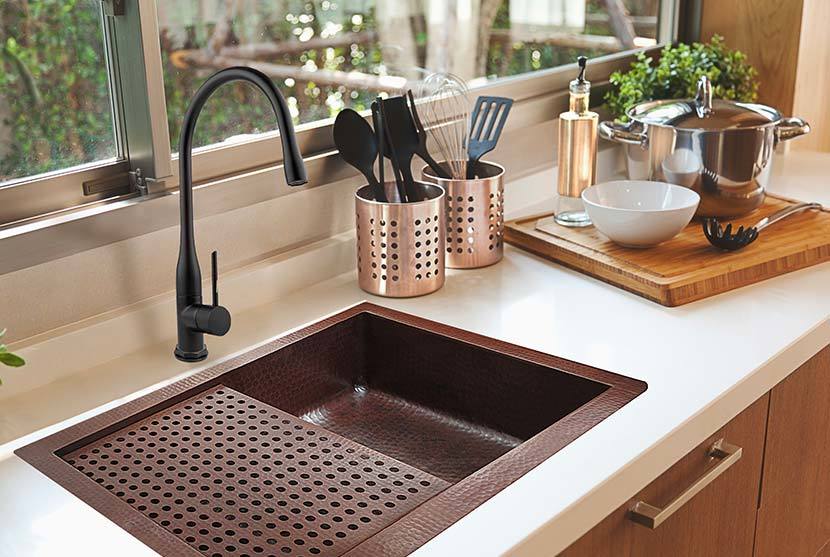 When deciding on the
kitchen sink counter width
, there are a few factors to consider. First, think about the size and style of your kitchen sink. A larger or deeper sink may require a wider counter to accommodate it. Additionally, consider the size of your kitchen and how much counter space you need for food preparation, cooking, and storage.
When deciding on the
kitchen sink counter width
, there are a few factors to consider. First, think about the size and style of your kitchen sink. A larger or deeper sink may require a wider counter to accommodate it. Additionally, consider the size of your kitchen and how much counter space you need for food preparation, cooking, and storage.
Benefits of a Properly Sized Kitchen Sink Counter
 Having the right
kitchen sink counter width
can bring several benefits to your house design. It can help maximize the use of space in your kitchen, making it more functional and visually appealing. It can also improve the overall flow of the kitchen, making it easier to move around and work efficiently.
Having the right
kitchen sink counter width
can bring several benefits to your house design. It can help maximize the use of space in your kitchen, making it more functional and visually appealing. It can also improve the overall flow of the kitchen, making it easier to move around and work efficiently.
Final Thoughts
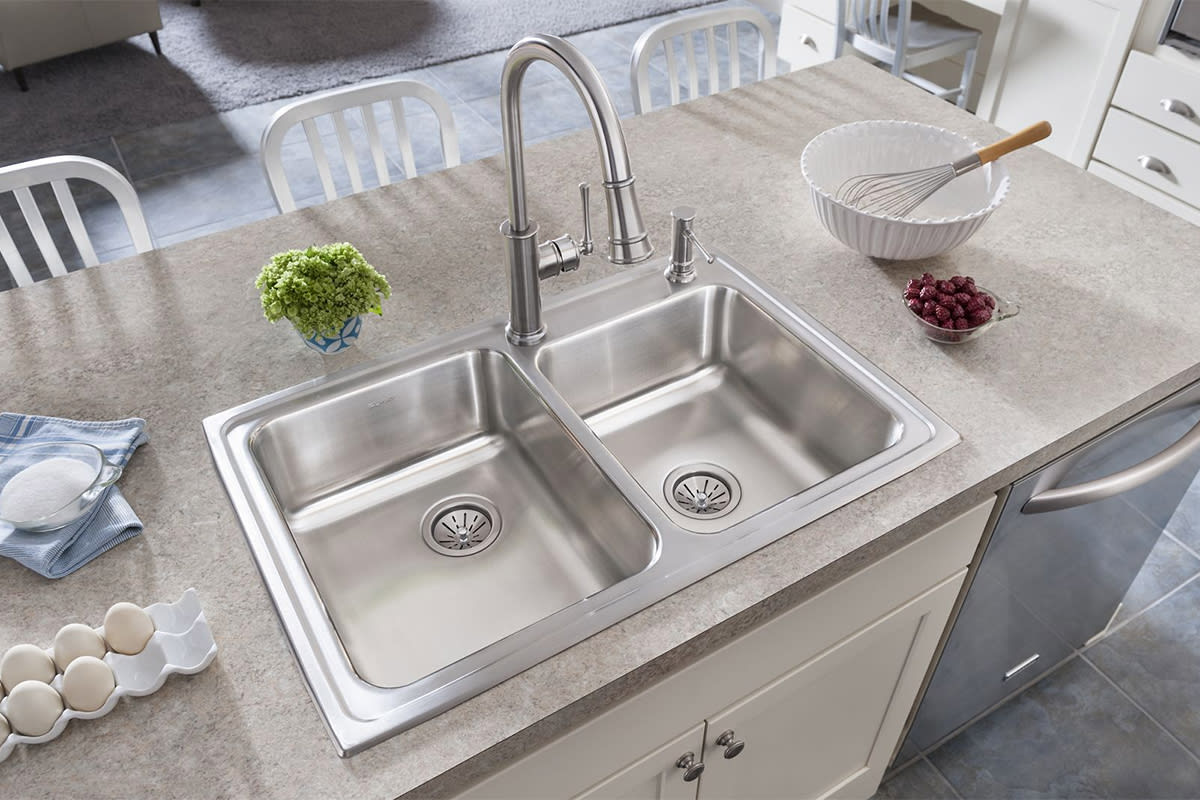 While it may seem like a small detail, the
kitchen sink counter width
plays an important role in the overall design and functionality of your kitchen. Consider your needs and the layout of your kitchen when selecting the appropriate size, and you'll be sure to create a space that is both beautiful and practical.
While it may seem like a small detail, the
kitchen sink counter width
plays an important role in the overall design and functionality of your kitchen. Consider your needs and the layout of your kitchen when selecting the appropriate size, and you'll be sure to create a space that is both beautiful and practical.
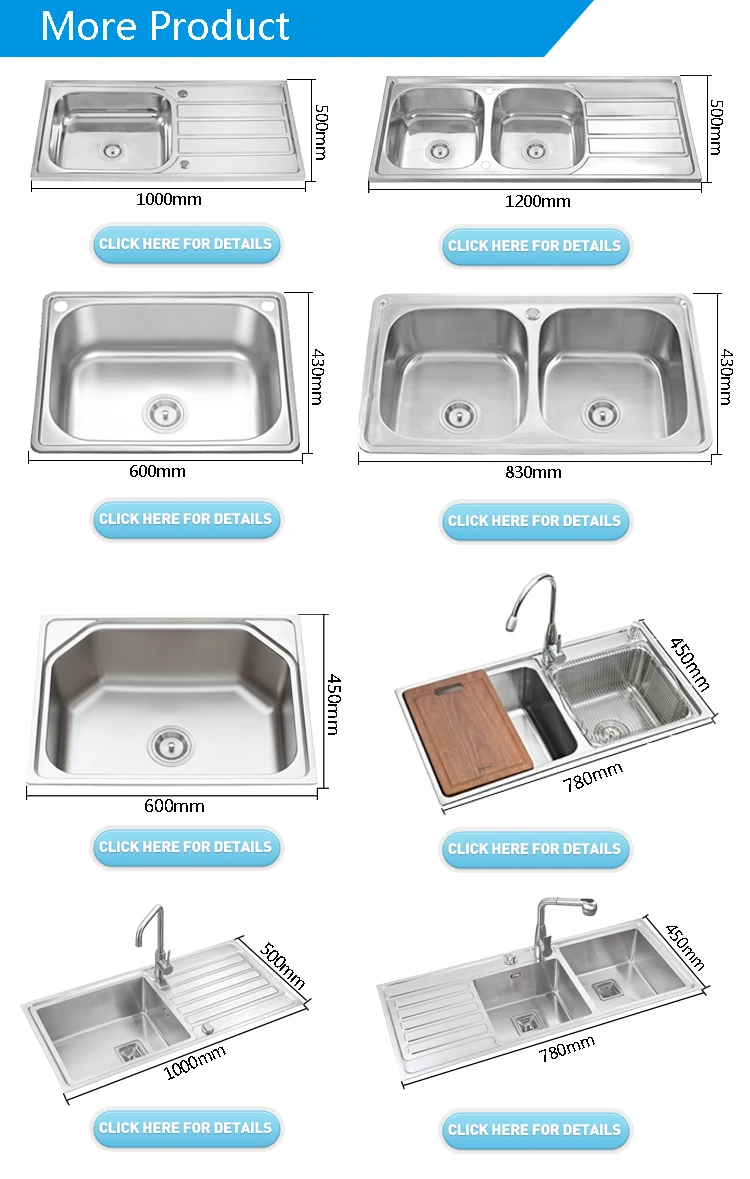
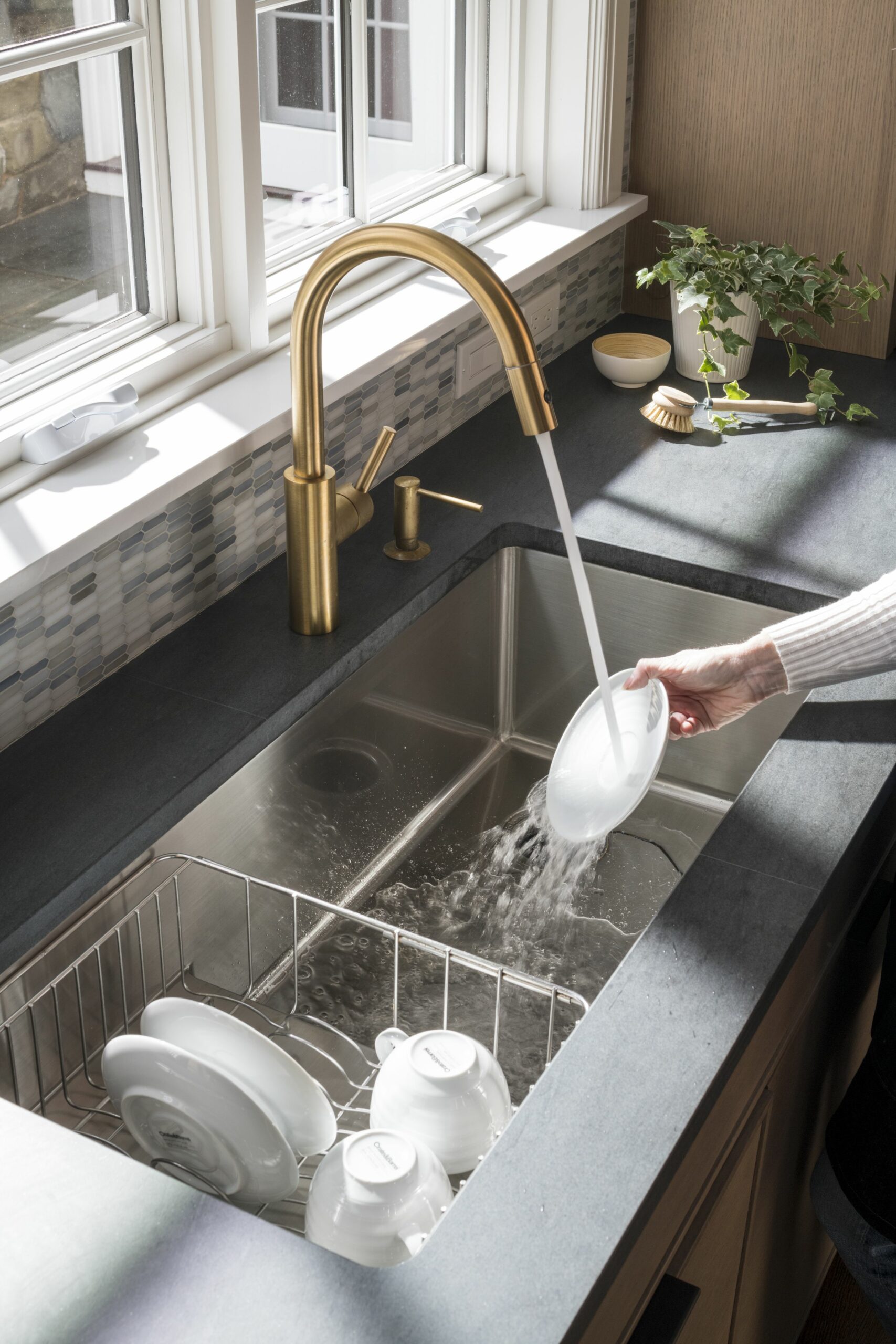

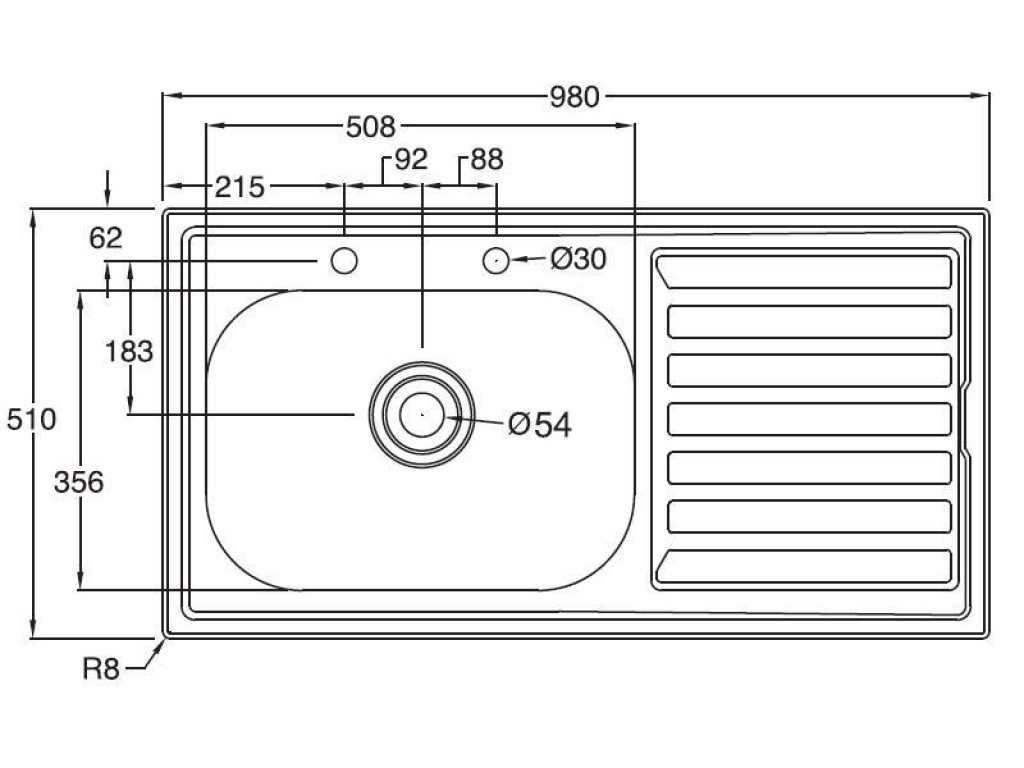
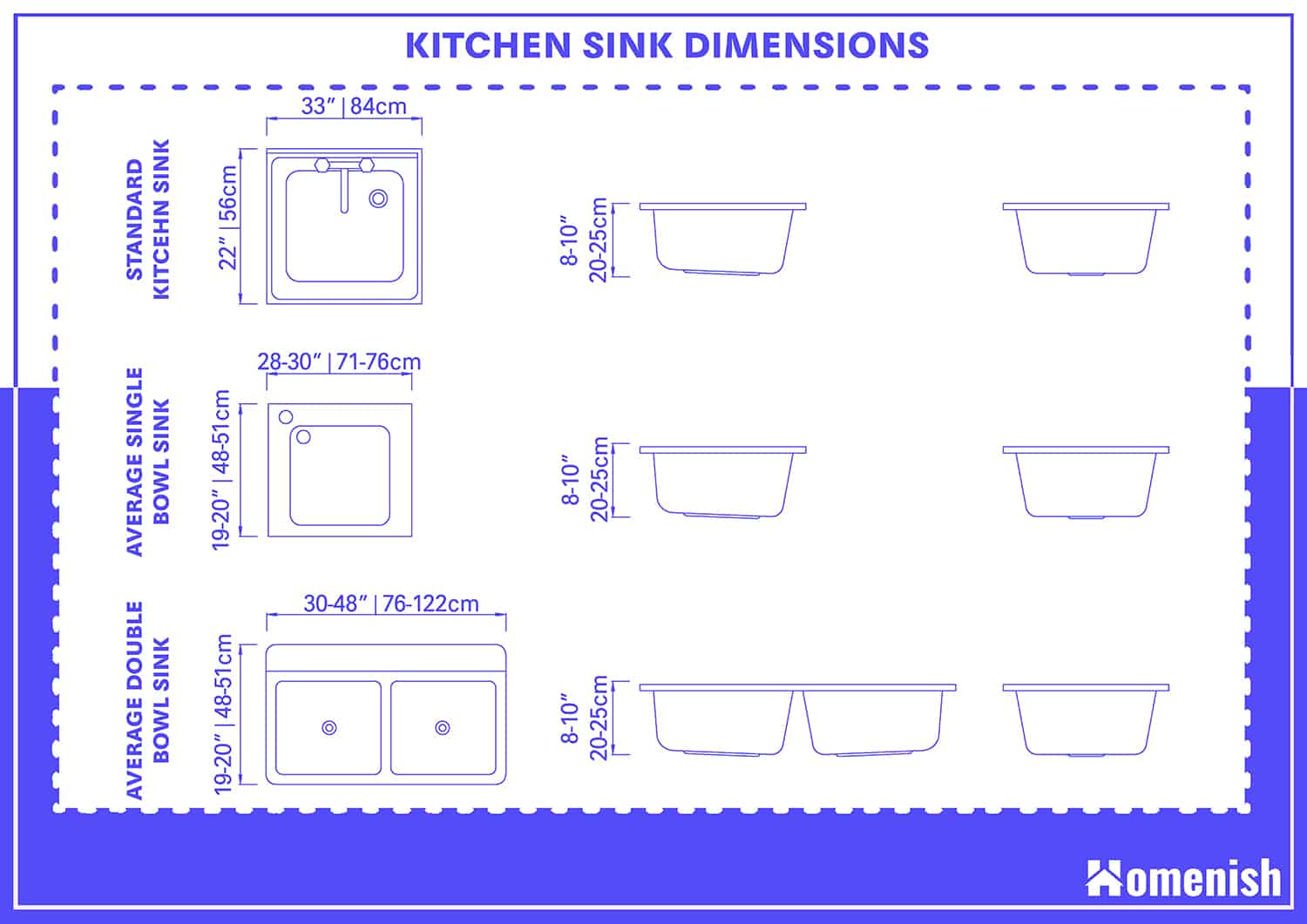
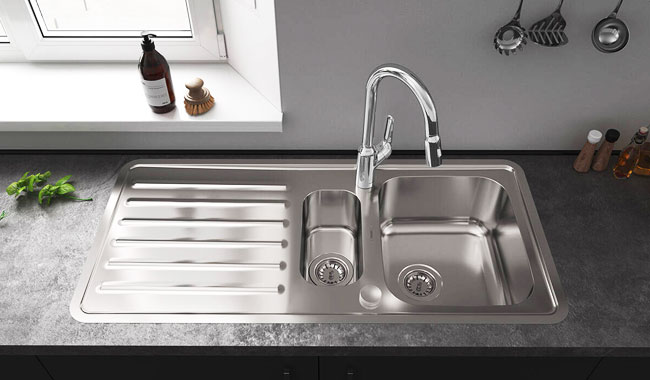
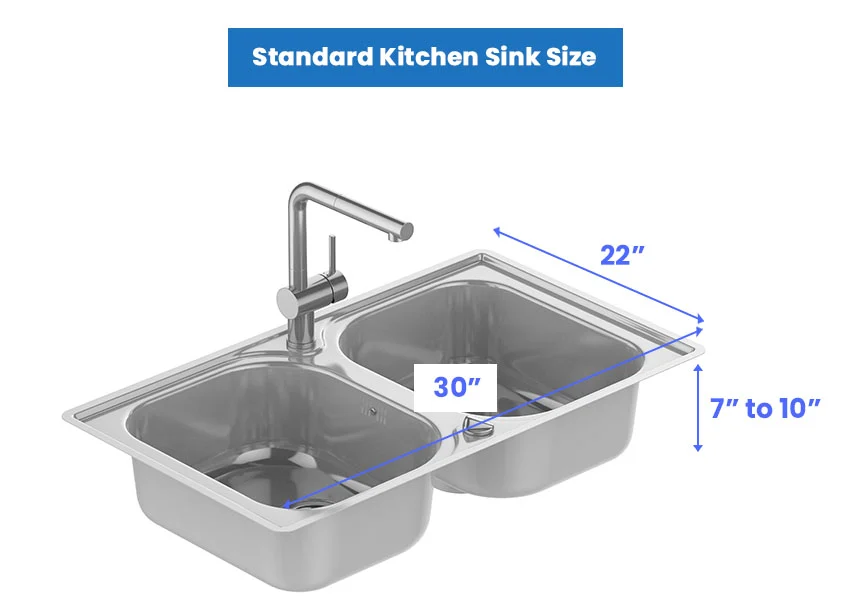




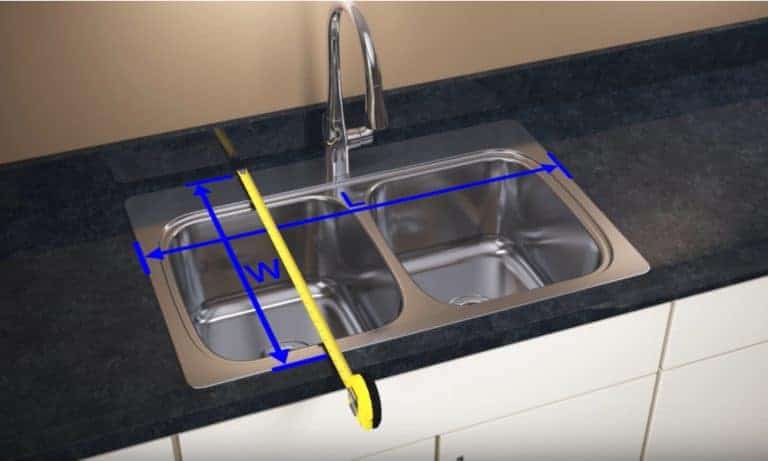





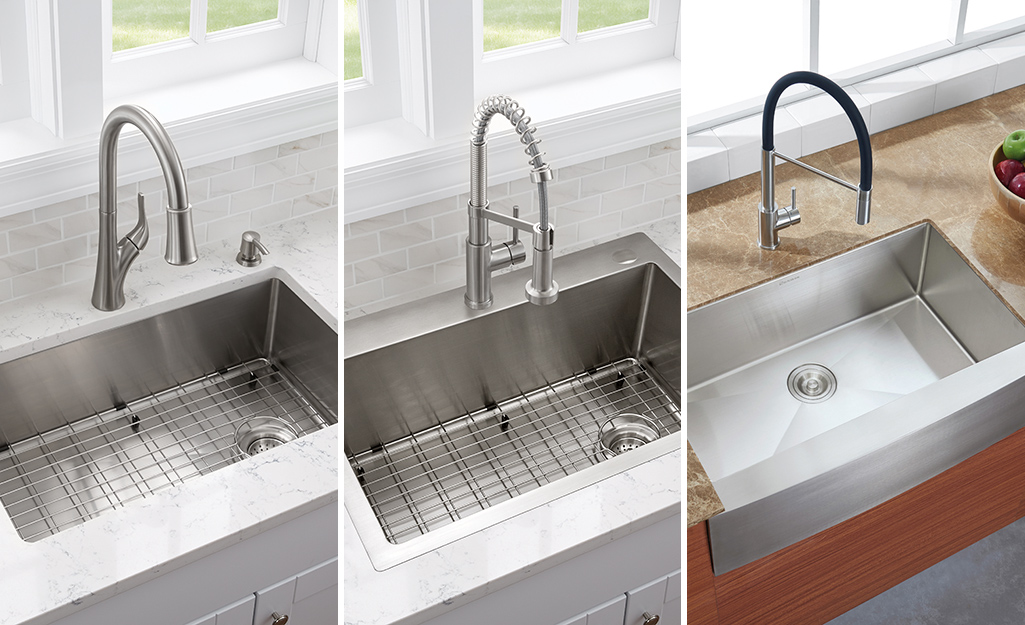

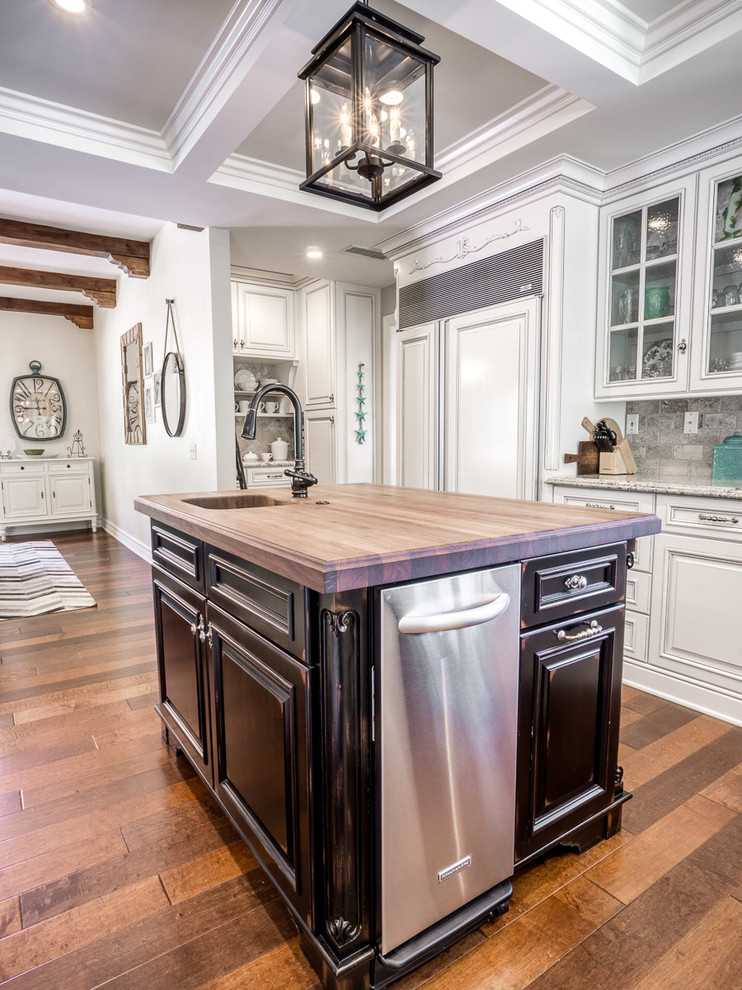






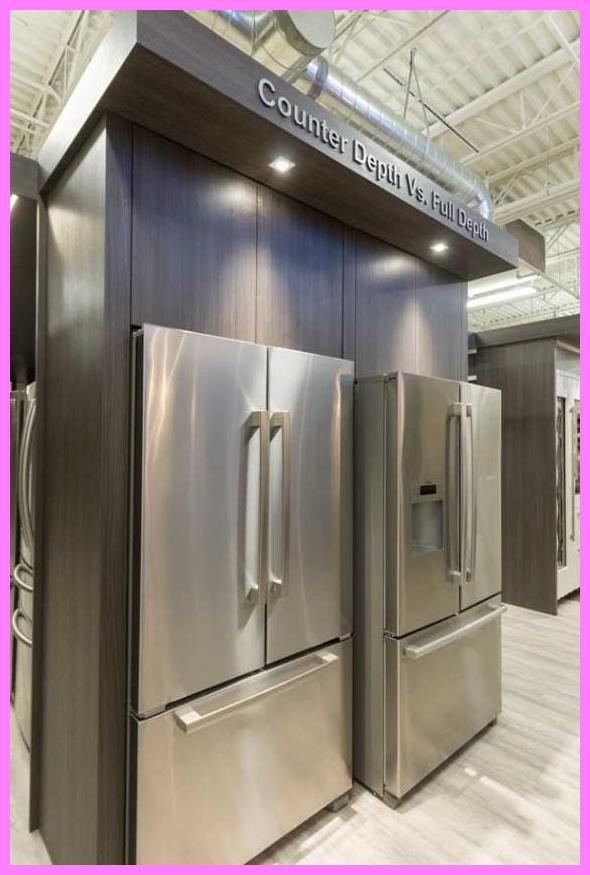

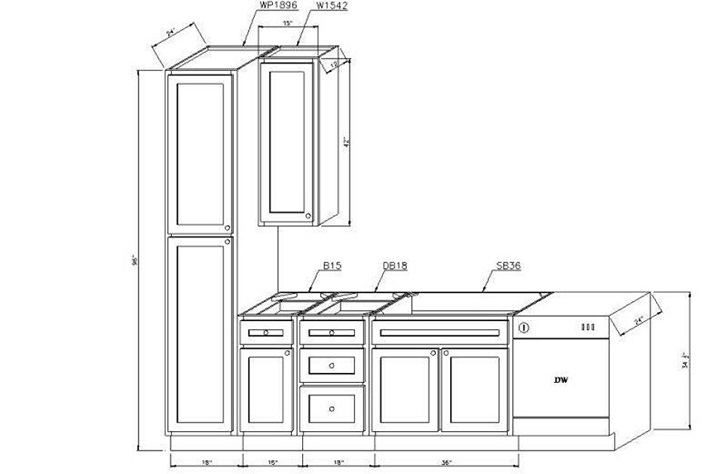


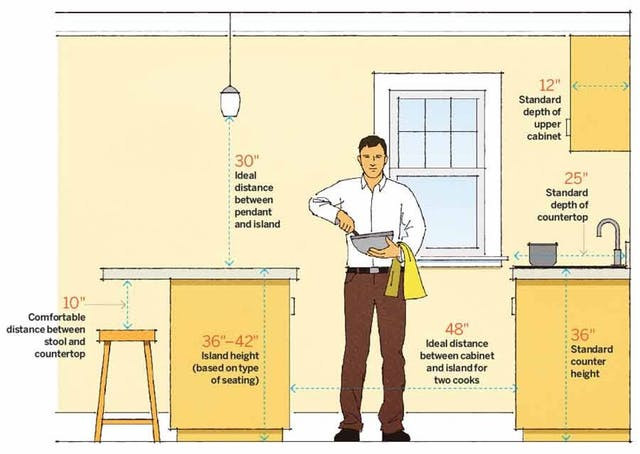
:max_bytes(150000):strip_icc()/guide-to-common-kitchen-cabinet-sizes-1822029-base-6d525c9a7eac49728640e040d1f90fd1.png)

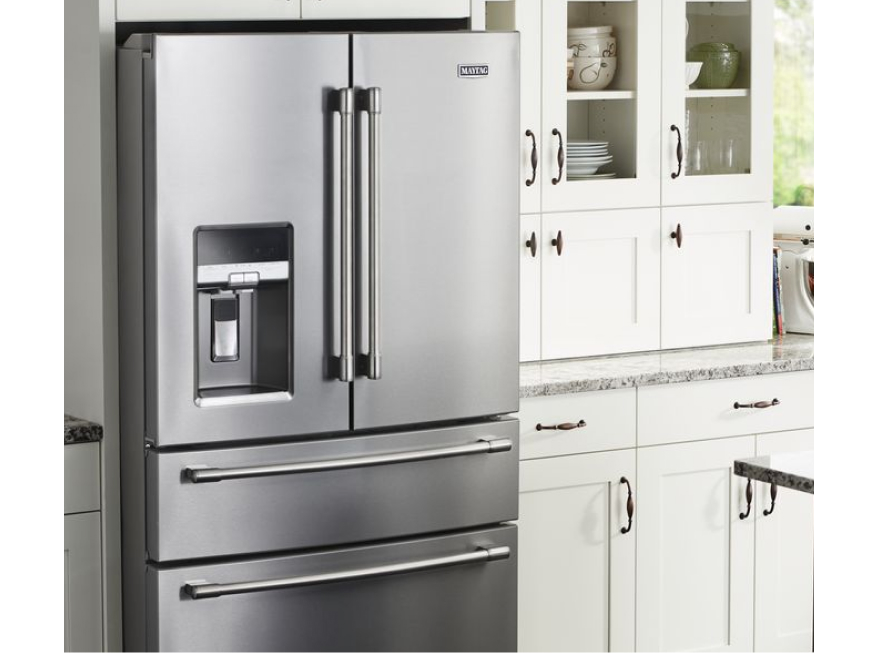
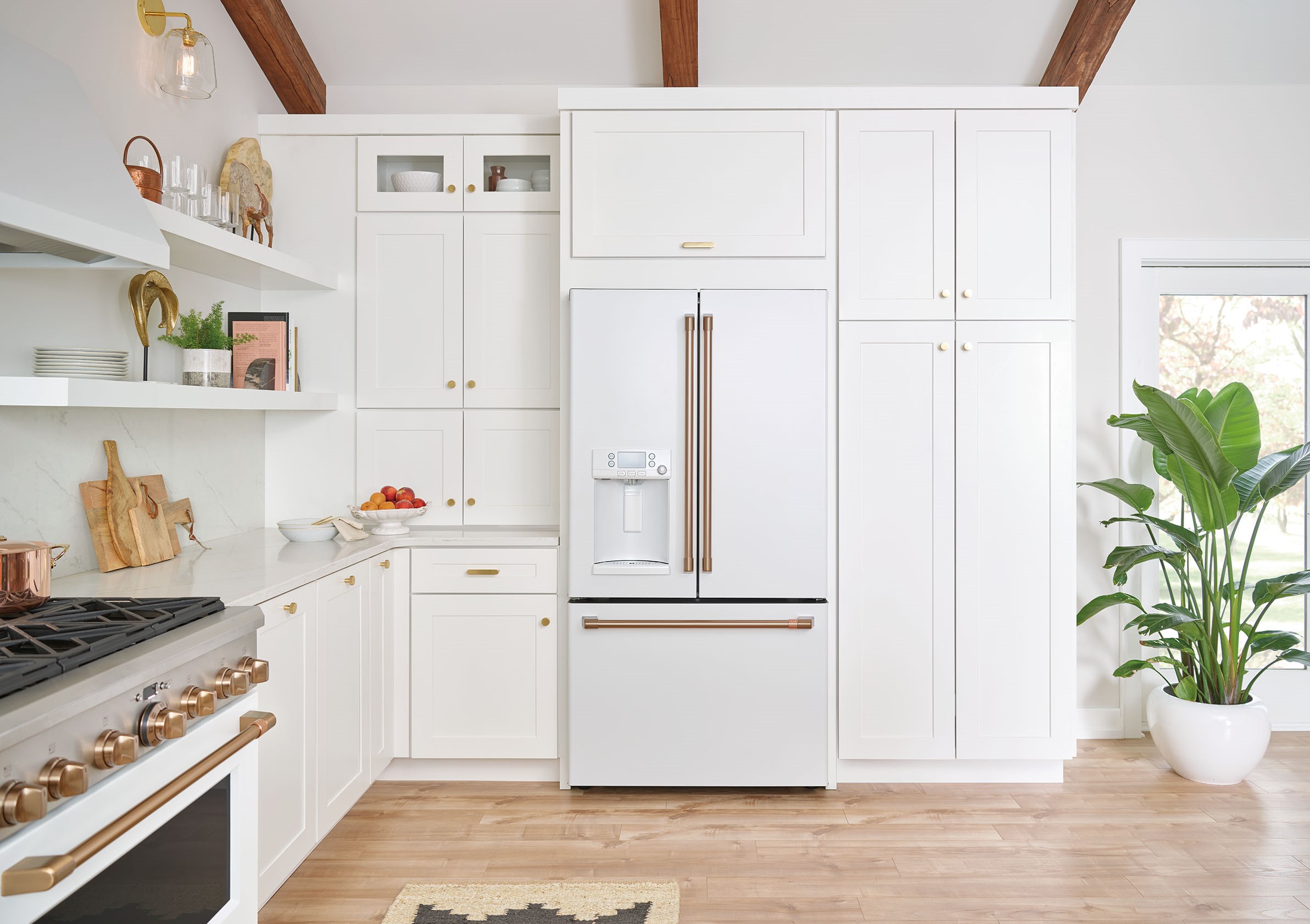



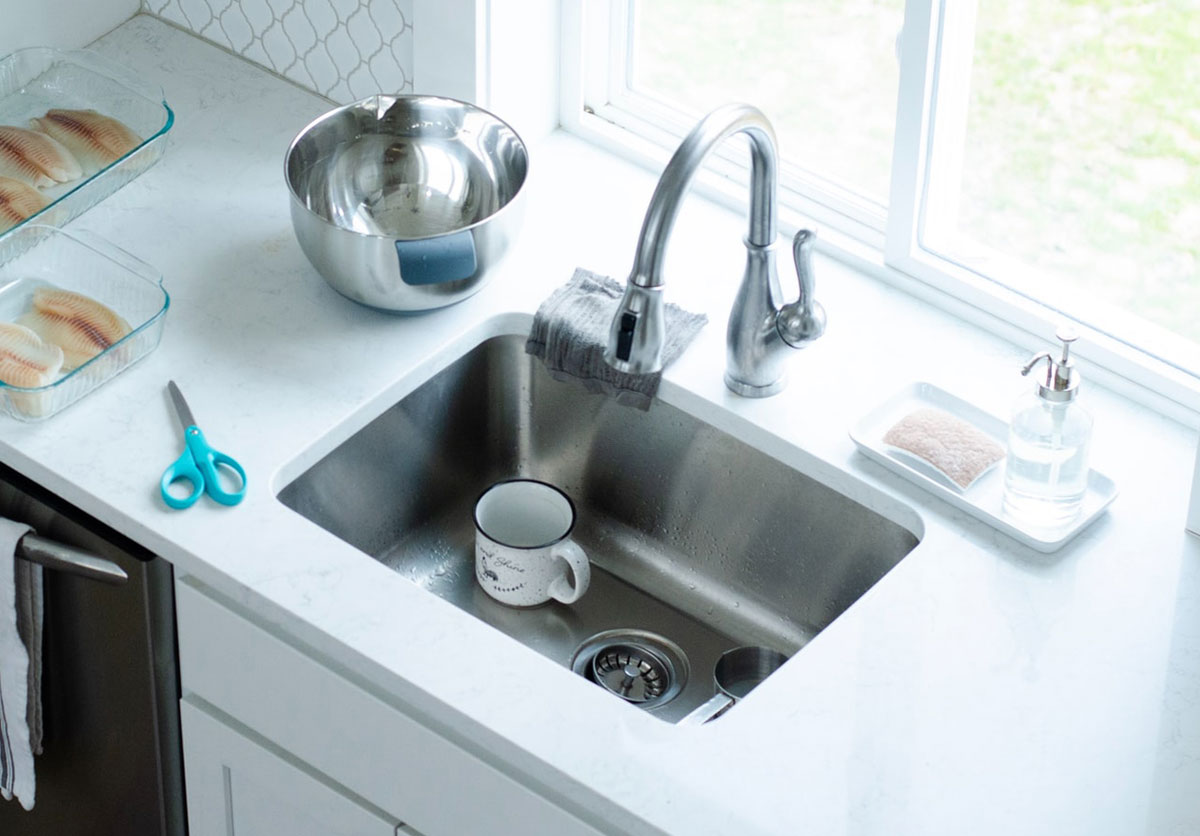



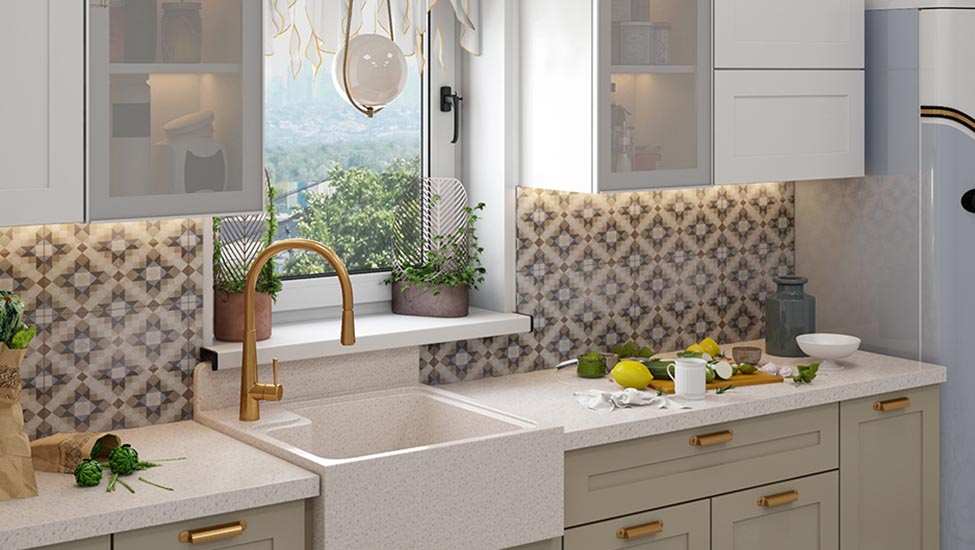


.jpg)
